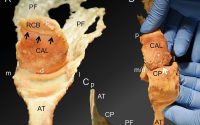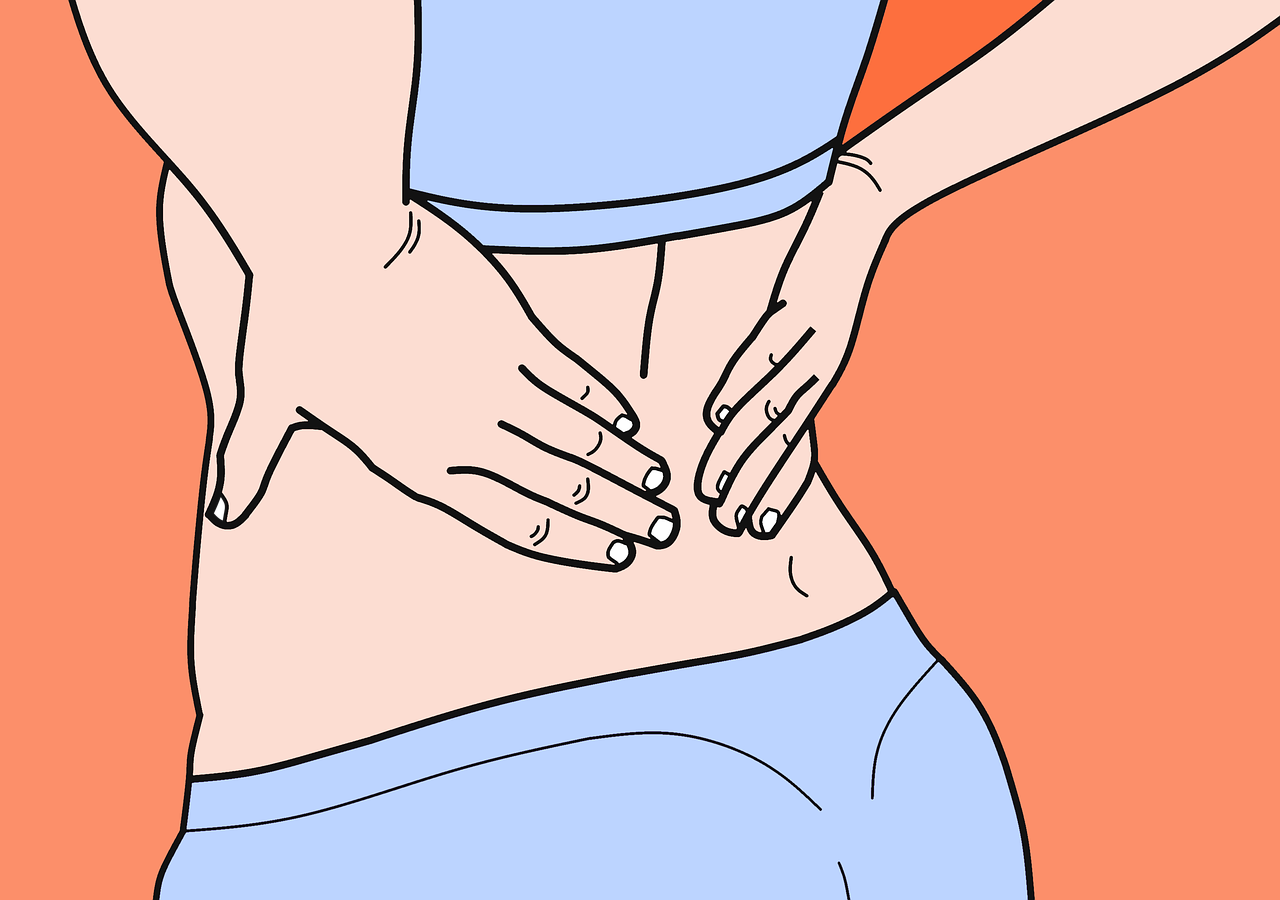The truth about manual therapy
Social Media are full of sensational claims, so-called influencers or social media gurus will give you some “evidence-based” reasoning in the name of “critical thinking” that claimed: Manual therapy only provides a short term relieve, it cannot change tissue and fascia, it does not fit in the evidence-based model, it has no proven clinical benefits, and it offers no specific mechanisms of action. Some even argue that massage therapy is a passive treatment that is no better than a placebo, and could lead to patient over-reliance on treatment. Arguments will be labelled “straw man argument” or “fallacies”.
Researcher and therapist Chad Cook from Duke University recently wrote in a blog that these misconceptions about manual therapy are examples of what’s known as the “illusory truth effect.”
There are a wealth of clinical trials, numbering in the hundreds, demonstrating that individuals who receive manual therapy often experience similar or even superior treatment outcomes compared to other interventions. Clinical studies have also highlighted the cost-effectiveness of manual therapy, which explains its inclusion in numerous clinical practice guidelines. Many patients prefer manual therapy, find it satisfying, and establish a positive therapeutic alliance through it. No studies have indicated that judicious use of manual therapy as part of a multimodal treatment plan, as recommended in clinical practice guidelines, leads to addiction, low self-efficacy, or negative psychological traits. Furthermore, a substantial body of research has delved into the physiological mechanisms underlying manual therapy. And manual therapy can change fascia!
However, it is also important to acknowledge the existence of outdated philosophical constructs surrounding manual therapy, erroneous explanations of its workings, and unwarranted barriers to learning and training that may stem from profit motives rather than patient interests. Some of these constructs were established more than a century ago, before science could assess their validity. As scientific understanding has advanced, changes in how we use, understand, and define manual therapy have become necessary. This is a natural process that parallels the evolution of any medical intervention.
One prominent therapist and researcher Robert Schleip delved into research translating research findings into more plausible and scientific reasoning. And it is of course not all about fascia, it is about the nervous system, proprioception, interoception and much more.
Adopting extreme “tissue” versus “nervous system” is simplistic and unhelpful. Pain(ful) science advocates stress that the brain can generate pain independently, without requiring any input from the body. Chronic pain is primarily attributed to mental processes like beliefs, not tissues or muscles. They believe that the role of a therapists is to persuade patients that their brain is overly protective and help them recognize misconceptions in their beliefs and guide them in the process of alleviating their pain, without touching any tissues.
While it’s true that no single intervention can claim superiority for all musculoskeletal conditions, the “middle of the road” or centrist perspective often seems unsatisfactory to many. Centrist views often face criticism, and studies presenting contrary findings to one’s preconceived beliefs may be dismissed as unreliable. Instead of fostering open debates and acknowledging the similarity in treatment effects across various interventions, discussions about treatments like manual therapy have led to hostility and discord.
This divisiveness leads to further polarization within our professions and inhibits progress. The ongoing debate about “hands-on” versus “hands-off” approaches is one such example of this division, despite evidence suggesting that most clinicians employ a combination of manual therapy and exercise. Sometimes, the truth is less sensational, and people tend to gravitate toward extreme viewpoints.
Chad Cook advised that these debates are unhelpful for clinicians and only serve to distance us from a more nuanced understanding of the truth.


